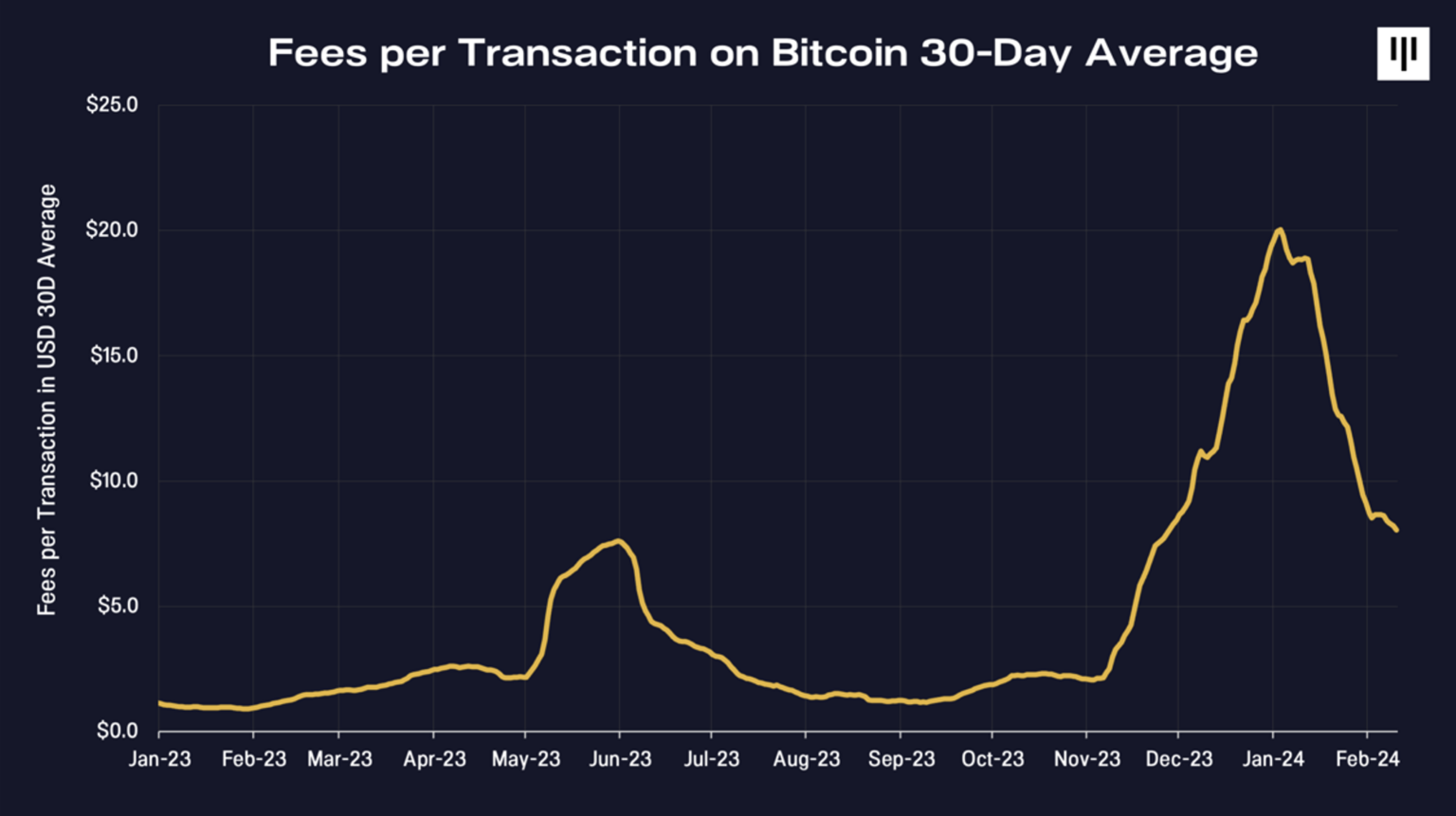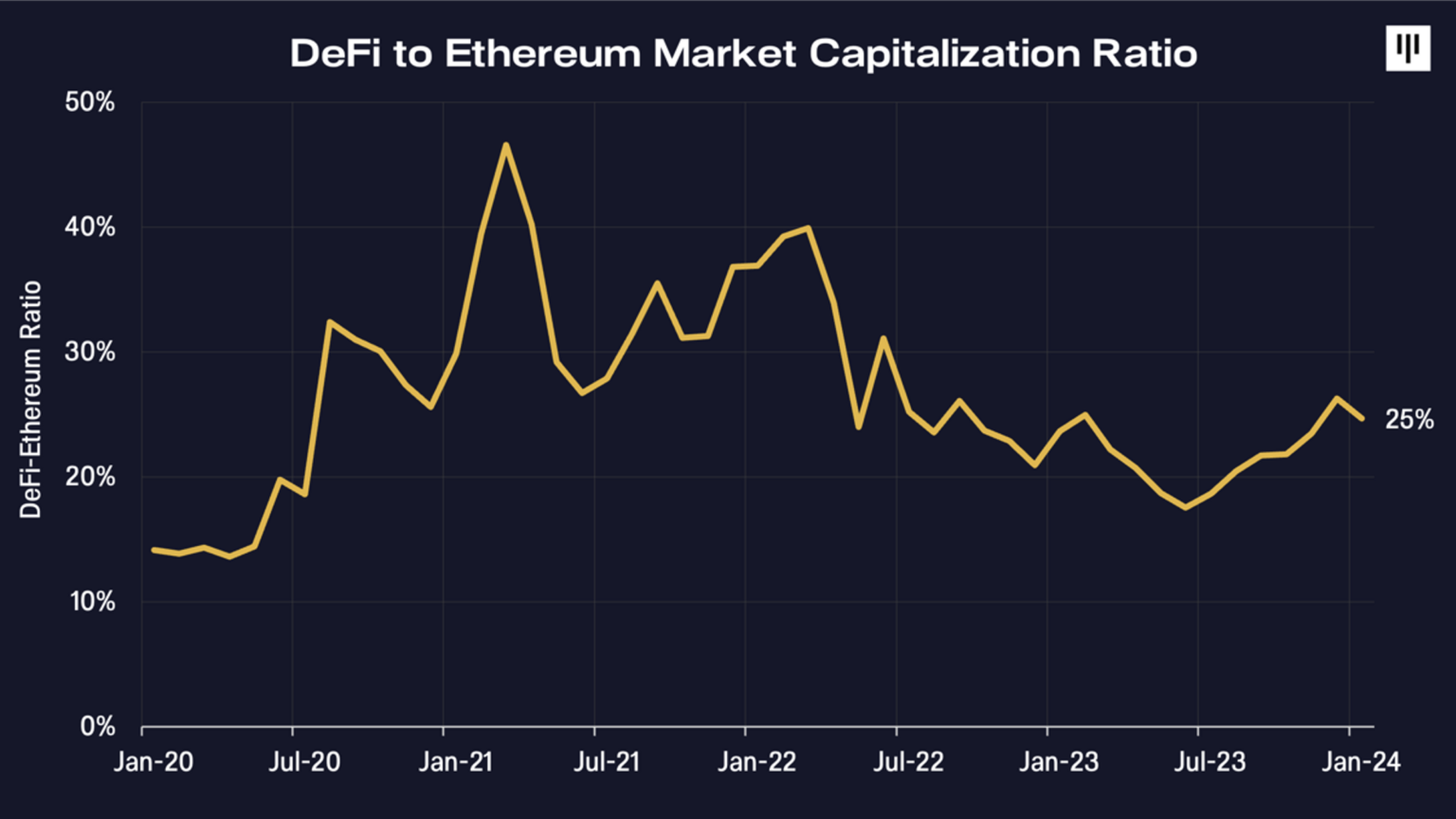Pantera Partners: Rethinking the Programmability of Bitcoin
Original Author: Franklin Bi, Partner at Pantera Capital
Original Translation: Luffy, Foresight News
Bitcoin is the most overlooked asset in the world. If I told you there is an asset with the following characteristics:
A market cap of $900 billion (60% higher than Visa)
Daily trading volume of $26 billion (250% more than Apple)
50% annualized volatility (20% lower than Tesla)
Over 220 million holders globally (only 6 countries have populations over 220 million)
And this asset has been ignored and excluded by the world's "leading" financial institutions for a decade? Would an ETF satisfy you for such an asset?
No. Relative to its own scale, Bitcoin remains one of the most underserved and least financialized assets in the world.
Bitcoin is one of the most unique assets in the crypto ecosystem. Its market cap and trading volume are about 2.5 times that of Ethereum. The Bitcoin network acts as a digital Fort Knox. Bitcoin is a fortress, with computational power 500 times that of the fastest supercomputers in the world. Bitcoin has over 200 million holders globally, while the second-ranked Ethereum has only 14 million holders. Bitcoin remains a unique presence in the regulatory gray ocean, recognized, classified, and regarded as a digital commodity.
If Wall Street's financial system does not build for Bitcoin, then Bitcoin must build a financial system for itself.
If blockchain technology can help unbanked individuals gain access to banking services, the most obvious way is through Bitcoin's global distribution in regions like Latin America, Africa, and Asia. This has already covered millions of people. If we expect trillions of value to eventually flow on the blockchain, no network is more secure or resilient than the Bitcoin network. As Bitcoin spreads to a billion or more users, what they want to do is not just store and transfer their assets. Capital and technology rarely stagnate, and this time will be no exception.
Bitcoin is a Technology
Just as Bitcoin as an asset is overlooked, it may be even more overlooked as a technology. Bitcoin lags behind blockchain networks like Ethereum in scalability, programmability, and developer interest. My first attempt to build applications on Bitcoin was in 2015, during the early stages of cryptocurrency research at JPMorgan. Aside from colored coins and sidechains, there was little to explore; they were the early ancestors of today's emerging NFTs and Layer 2 Rollups.
The conclusion at that time was: building on Bitcoin is just too difficult. You can ask David Marcus, former president of PayPal and co-founder of Meta's stablecoin project Diem, who is now creating Lightspark, a Bitcoin payment company. David recently wrote on Twitter: "Building on Bitcoin is at least 5 times harder than building on other protocols."
As both a currency and a technology, Bitcoin's blessing is also its curse:
Resistance to change: This reflects both Bitcoin's robustness and its slowness. Bitcoin upgrades are hard to approve and may take 3-5 years to complete deployment.
Simple design: This reduces Bitcoin's usability, but flexibility also decreases. The UTXO model of the Bitcoin blockchain is well-suited for serving simple payment transaction ledgers. But because of this, it is incompatible with the complex logic or loops required by most more advanced financial applications.
10-minute block time: The Bitcoin network has maintained 100% uptime since 2013 (a rare achievement), thanks to its 10-minute block time, but this makes it difficult to attract a large consumer base.
The signs I see today indicate that Bitcoin's development stagnation is a temporary, non-structural condition. A decentralized finance (DeFi) system based on Bitcoin may eventually emerge. Its potential is similar to or greater than today's DeFi on Ethereum, even though they follow different evolutionary paths.
Why Now?
In the past few years, Bitcoin has embarked on a new trajectory of development:
Taproot Upgrade (November 2021): This upgrade expanded the amount of data and logic that Bitcoin transactions can store.
Ordinal inscriptions (January 2023): A Taproot-supported protocol for writing rich data into individual satoshis (a total of 21 trillion), opening a metadata layer for non-fungible tokens (NFTs).
BRC-20 Tokens (March 2023): An Ordinals inscription that enables deployment, minting, and transfer functionalities.
The release of fungible and non-fungible assets has opened the curtain on the first wave of DeFi and NFT on Ethereum in 2016-2017. The Bitcoin ecosystem is showing early signs of similar growth. Driven by Ordinal inscriptions, the average fee per Bitcoin transaction surged 20 times in 2023.
Bitcoin will inevitably chart its own course, but it is clear that a new design space has opened up for Bitcoin builders.

Larger macro trends have triggered a psychological shift in the Bitcoin community and reignited Bitcoin investors' interest in Bitcoin's decentralized finance:
Layer 2 Adoption: Layer 2 networks like Arbitrum dominated new DeFi activities on Ethereum in 2023. This indicates that it is possible to expand blockchain capacity and programmability without changing the underlying layer.
Acceptance by Traditional Institutions: Bitcoin has broken through major regulatory barriers with the approval of ETFs, bringing capital flows and entrepreneurial thinking back into its ecosystem. BlackRock and Fidelity are revving up Wall Street's slow but powerful engine. Trading firms are scrambling to find every marginal source of Bitcoin liquidity. This may soon draw them into DeFi, especially new institutional DeFi gateways like Fordefi.
Failures of Crypto-Native Institutions: When rivals like FTX, BlockFi, Celsius, and Genesis collapsed, it marked a financial crisis for crypto-native entities. A whole generation of investors no longer trusts centralized financial service institutions with their Bitcoin.
In hindsight, it is clear: technological unlocks and macro trends are converging, and Bitcoin DeFi may be on the verge of a breakthrough moment. Now is the time to seize this moment.
A $500 Billion Opportunity
The potential gains from achieving DeFi on Bitcoin are enticing. Beyond social and economic significance, every early builder and investor should ask: what if it succeeds? How much is DeFi on Bitcoin worth?
Ethereum, valued at about $300 billion, hosts most of today's DeFi activity. Historically, DeFi applications built on Ethereum have accounted for between 8% and 50% of Ethereum's market cap. Currently, this ratio is around 25%. Uniswap is the largest DeFi application on Ethereum, valued at $6.7 billion, accounting for about 9% of all DeFi applications on Ethereum.

If DeFi on Bitcoin reaches the same proportion as on Ethereum, we estimate the total value of DeFi applications on Bitcoin will reach $225 billion (25% of Bitcoin's market cap). Over time, its scale could fluctuate between $72 billion and $450 billion (8% and 50%). This assumption is based on Bitcoin's current market cap remaining unchanged.
The leading DeFi applications on Bitcoin could ultimately be valued at $20 billion (2.2% of Bitcoin's market cap), with a range between $6.5 billion and $40 billion. This would place it among the top 10 most valuable assets in the crypto ecosystem. Bitcoin has already re-emerged as a trillion-dollar asset. However, it still has the potential to grow 5 times (with a market cap reaching $5 trillion).
Looking Ahead
In the past three years, a wave of progress in Bitcoin's programmability has been brewing. Examples include: Stacks, Lightning Network, Optimistic Rollups, ZK Rollups, Sovereign Rollups, Discreet Log Contracts, and more. Recent proposals include Drivechains, Spiderchain, and BitVM.
But the winning solution will not achieve breakthroughs solely based on its technical advantages. A successful approach to enabling DeFi on Bitcoin needs to meet the following conditions:
Economic Consistency with Bitcoin: Any programmable Bitcoin scaling layer should be directly related to Bitcoin's economic value and security. Otherwise, users may perceive it as hostile to Bitcoin or parasitic on it. Consistency could take the form of bridging BTC as L2 collateral and Gas payments. It may also involve using the Bitcoin network for settlement and data availability.
Feasibility without Changes to the Underlying Layer: Some proposed solutions require Bitcoin to undergo hard forks or soft forks. This means system-wide upgrades. Given the rarity of these upgrades, they are unlikely to become early competitors. However, some solutions are worth pursuing in the long term.
Modular Architecture: Winning solutions need to have sufficient upgradability to incorporate new technological advancements. We have already seen changes in cutting-edge technologies for on-chain custody, consensus design, virtual machine execution, and zero-knowledge applications. Semi-closed systems with proprietary stacks will not keep pace.
Trustless Cross-Chain Bridges: Bridging assets from one chain to another is very challenging. If done well, considering potential incidents from latency mismatches to destructive exploits, it is as challenging as interstellar transport. Few decentralized cross-chain bridges have been attempted and validated. tBTC is one example, continuously evolving its design and decentralization.
A Relentless Fighting Game: The two audiences for Bitcoin are crucial for its growth. 1) Current Bitcoin holders and 2) Future Bitcoin builders. Both spread in peculiar ways. Exchanges hold about 10-20% of Bitcoin's total supply. Approximately $10 billion worth of Bitcoin exists in various tokenized forms on Ethereum. Developers' attention is dispersed across multi-chain and multi-layer stacks. Attracting both groups requires a mindset of "meeting them where they are."
The era of Bitcoin being overlooked may finally be coming to an end. In the post-ETF era, Wall Street has finally recognized the obviousness of Bitcoin as an asset. The next era will be one of Bitcoin as a technology and a time to reignite enthusiasm for building on Bitcoin.











